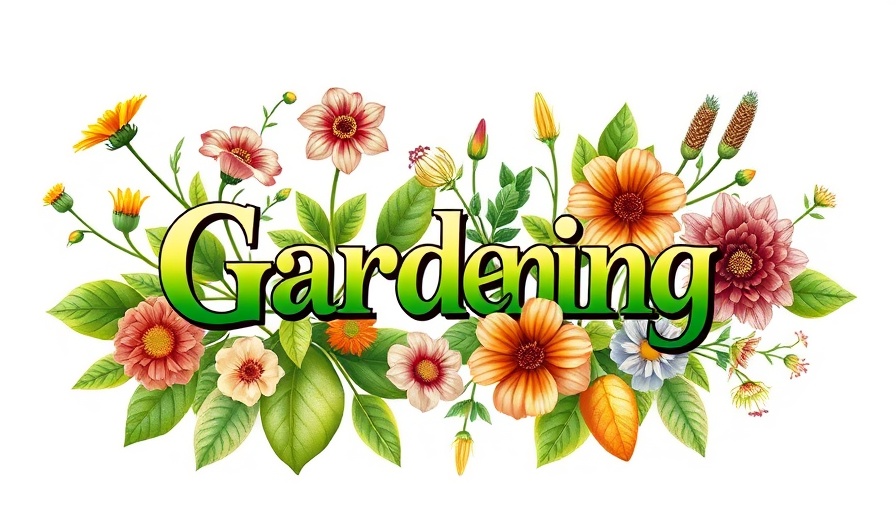
Unlocking the Secrets of Fava Beans in Your Garden
Fava beans, a.k.a. broad beans, are not just a delicious addition to your kitchen; they are manageable, nutrient-rich powerhouses that can transform your garden. Known for their high protein content and ability to enrich soil, these legumes can be a game-changer for both novice and experienced gardeners alike.
Ideal Growing Conditions for Fava Beans
Fava beans thrive in cool climates, making them perfect for areas with colder winters, such as Canada or the northern U.S. They flourish in nutrient-rich soil that retains moisture without being soggy. For optimal results, prepare your soil by incorporating finished compost prior to planting.
The best time to plant fava beans is in late winter or early spring, a few weeks before the last frost. Alternatively, you can sow them in the fall for an early summer harvest. Notably, fava beans are hardy plants, tolerating cold temperatures down to the low teens Fahrenheit, depending on the variety.
Varieties of Fava Beans
There are many varieties of fava beans, but two stand out for home gardening:
- Broad Windsor: This upright, bush-style bean matures in about 75 to 85 days, reaching heights of up to four feet.
- Sweet Lorane: Commonly used as a winter cover crop, this variety matures in 65 to 90 days and is known for its resilience.
The Nutritional Value of Fava Beans
Besides being a delightful addition to your meals, fava beans are a low-calorie option packed with protein, iron, and folic acid. Their nutty flavor complements ingredients like basil and thyme, making them versatile in the kitchen.
The Environmental Benefits of Growing Fava Beans
Beyond their culinary appeal, growing fava beans can boost your garden’s ecological health. Acting as a nitrogen-fixing plant, they collaborate with soil microbes to convert atmospheric nitrogen into nutrients that enrich the soil for future crops. This makes them ideal companions for nitrogen-hungry vegetables like corn and tomatoes.
Additionally, fava beans can serve as a cover crop, preventing soil erosion and improving soil structure during the off-season.
Pest Management and Common Issues
While relatively trouble-free, fava beans are susceptible to pests like aphids and diseases during warm weather. To keep your plants flourishing, ensure good air circulation and consider natural pest management options. Maintaining even soil moisture during the growing season is also key to promoting healthy plant growth.
Harvesting Fava Beans: Tips and Techniques
Harvest fava beans when the pods feel thick and the beans are plump. Cut the pods off the plant with garden shears or scissors, being careful not to damage the remaining plants. You can store harvested beans in the refrigerator for up to five days or freeze them for later use.
Wrapping Up: Your Next Steps in Fava Bean Gardening
Now that you have a comprehensive understanding of how to grow fava beans, consider adding this high-yield, nutrient-dense plant to your garden. Not only will you enjoy a delightful crop, but you will also contribute positively to your soil's health. Unleash the full potential of your garden by planting fava beans, and watch them improve both your meals and the environment.
Call to Action: Dive into the rewarding world of fava beans—plant your own this season and enjoy the myriad benefits they offer!
 Add Row
Add Row  Add
Add 


Write A Comment